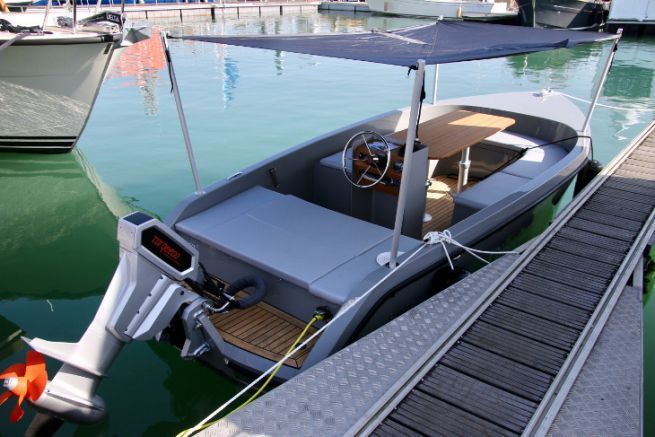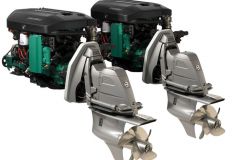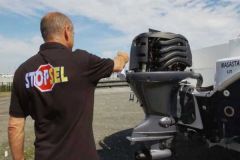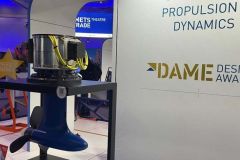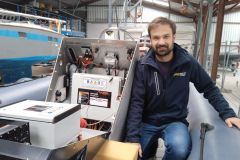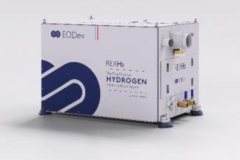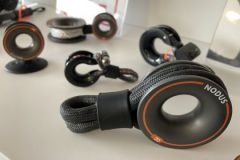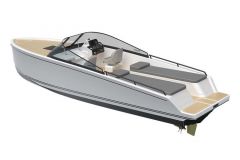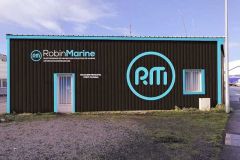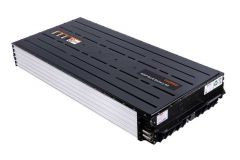Operational offer of air-aluminium batteries
The technology of air-aluminium batteries has been known since the 1970s, but remains underdeveloped. The British company Metalectrique intends to democratize it in the automotive sector, but also in the maritime sector. " It is a chemical reaction, with aluminum, air, salt water and a little magic powder to help the reaction. It is not a rechargeable battery like lithium. It is necessary to renew aluminium, like hydrogen for a hydrogen cell. The first versions in the 1970s had 2 or 3 major drawbacks, with a toxic electrolyte, the need for very expensive pure aluminum and CO2 pollution. This is no longer the case. The Metalectrique technology was initially developed with the University of Nantes and Thierry Brousse. We have a finalized solution, marketable for the automotive industry since March 2021, and we are working on customized projects for the naval industry "explains Stéphane Collard, in charge of business development.

Electricity for propulsion as well as for the needs of the boat at anchor
Métalectrique's first approach to the boating sector focused on energy requirements for boat servicing. " The idea is to be able to replace a generator. To replace a 100 kW genset, a 134 kg air-aluminum system can be proposed, ready to use, with 31 replaceable aluminum discs of 8.5 kg each. The available energy is 1126 kWh. The crew is able to change the discs. This can be done quickly. On the automotive version, 7 discs can be changed in 90 seconds "says Stéphane Collard. On the other hand, it is necessary to have good accessibility for handling, which makes the solution more suitable for a new boat designed for this purpose or for large units over 24 meters, in refit, with space in the machine area.
A parallel development was quickly carried out for boats equipped with electric motors for propulsion. " We are working on an 8-meter boat that wants to replace part of its 140 kWh lithium batteries. At the same cost, by replacing only a part of it, we get 200 kWh We are also studying installations on sailing boats "says the salesman.
The company says it provides 1350 Wh/kg energy, 8000 Wh/L volume and 206 W/kg power. " We are 9 times lighter than lithium and 4 times smaller in terms of energy and roughly comparable in power. Our interest is to be able to adapt according to the use if we privilege the available power or the energy storage "underlines Stéphane Collard.
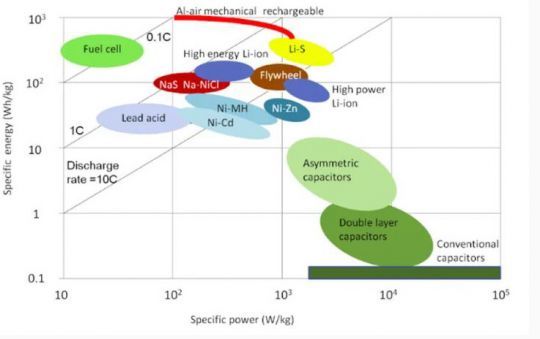
A large nautical market
Metalectrique sees a large market for its products in the maritime and pleasure boating sectors, without specifying the volume. " There are applications to replace generators, for propulsion... We have contacted distributors like VDM-Reya or Plastimo. It is interesting because it is cheaper per KWh on board than an EDF recharge and even than a solar panel-lithium combination if we take into account the replacement of aging batteries. Moreover, it is 100% recyclable and the aluminium hydroxide [Editor's note: what remains of the aluminium after the reaction and which can be extracted from the electrolyte] can be resold in the industry. And aluminium is a product that requires energy to produce, but which is quite commonly found "concludes the Metalectric representative.

 /
/ 